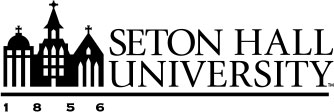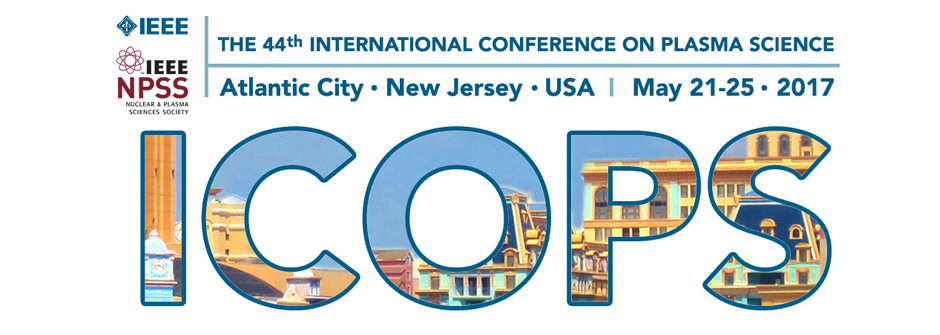
Plenary Speakers
Plenary Session #1 - Monday, May 22, 2017 from 8:30 AM to 9:30 AM in Wildwood 3
High-Power Millimeter-Wave Sources
2017 Plasma Science and Applications Awardee
Alan Phelps
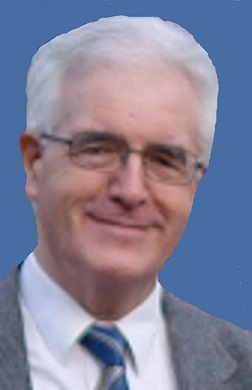
Alan Phelps graduated in physics from Cambridge University in 1966 and received his
doctorate for plasma research from Oxford University in 1970. After postdoctoral fellowships
at Oxford University, Imperial College, London University and a year in the USA, followed
by a research appointment at Oxford University, he moved to a permanent academic position
at the University of Strathclyde in 1978. At Strathclyde he formed a new research
group working on intense electron beams, plasmas and microwave sources. In 1993 he
was appointed to a personal chair in plasma physics and became deputy head of department
and later head of department. He has published several hundred research papers and
served on many national and international committees. Alan is a member of the IEEE
and a fellow of several scientific organizations, including the UK Institute of Physics,
the American Physical Society and the Royal Society of Edinburgh. Prof. Phelps's research
interests include plasma waves and instabilities in laboratory, ionospheric and magnetospheric
plasmas, intense relativistic electron beams and novel high-power microwave and millimeter-wave
sources.
Plenary Session #2 - Monday, May 22, 2017 from 1:30 PM to 2:30 PM in Wildwood 3
Pulsed DBD: Physics and New Applications from Natural Gas Liquefaction to Cancer Vaccination
Alexander Fridman
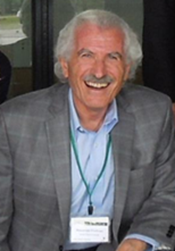
Alexander Fridman, Ph.D., Dr.Sci., is a Nyheim Chair Professor of Drexel University,
and director of the Nyheim Plasma Institute in Philadelphia, Pennsylvania, USA. His
research is focused on multiple aspects of plasma chemistry, including new plasma
approaches to material treatment, fuel conversion, environmental control and bio-medical
applications. He is one the world pioneers of Plasma Medicine, and Founding President
of the International Society on Plasma Medicine. Professor Fridman is author of eight
books and over 1000 papers (total citation index exceeds 32,000, citation h-index
72). He has received numerous awards, including Stanley Kaplan Award in Chemical Kinetics
and Engineering Systems, Italian Academy Alma Mater Studiorum Award of University
of Bologna, George Soros Award in Physics, DuPont Research Prize, International Plasma
Society Award, Distinguished Professorships of University of Illinois, as well as
the State Prize of USSR.
Plenary Session #3 - Tuesday, May 23, 2017 from 8:30 AM to 9:30 AM in Wildwood 3
Simulation of Nanosecond Spark Discharges for Plasma Assisted Combustion Applications
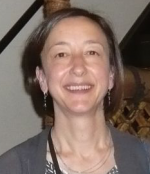
Anne Bourdon
Anne Bourdon is a researcher in the National Center for Scientific Research (CNRS)
at the Ecole Polytechnique in Paris, France. Dr. Bourdon works in the Laboratoire
de Physique des Plasmas where she does modeling and simulation research of nonequilibrium discharges
and reactive flows, atmospheric plasmas, plasma assisted combustion, atmospheric pressure
low-temperature plasma jets, and plasma propulsion. She earned her doctoral degree
from the University of Rouen in Mont-Saint-Aignan, France. She is the recipient of
the CNRS Bronze Medal and further serves as associate editor for the journal Plasma
Sources Science and Technology.
Plenary Session #4 - Tuesday, May 23, 2017 from 1:30 PM to 2:30 PM in Wildwood 3
Efficient Generation of High Power Microwaves using the Degenerate Band Edge Oscillators
Filippo Capolino
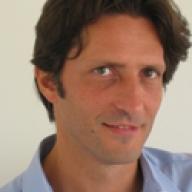
Filippo Capolino is an associate professor in the Department of Electrical Engineering
and computer Science at the University of California - Irvine. He is further affiliated
with the California Institute for Telecommunications and Information Technology (Calit2).
Professor Capolino holds doctoral and laurea degrees in electrical engineering from
the University of Florence in Florence, Italy. He is a former Fulbright Scholar among
other prestigious research awards. His current research interests lie in the area
of nano plasmonics and in electromagnetic artificial materials, known as metamaterials.
Plenary Session #5 - Wednesday, May 24, 2017 from 8:30 AM to 9:30 AM in Wildwood 3
Non-Conventional Diagnostics for Plasma Processing
Holger Kersten
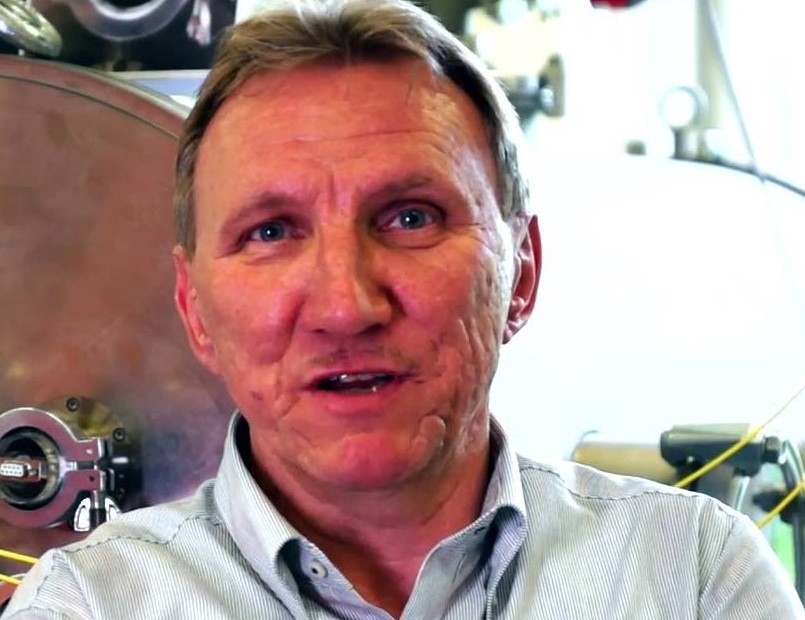
Holger Kersten is a Professor at the Institute of Experimental and Applied Physics
at University of Kiel, Germany since 2006. Prior Professor Kersten was the head of
the plasma processes group at the Leibniz Institute for Plasma Science and Technology
(INP Greifswald) in Greifswald, Germany. The focus of his research includes basic
studies on the interaction of plasmas with surfaces, complex plasmas and their applications
in plasma technology. In 1999, he received the Greifswald Plasma Physics Prize in
recognition of his research. Professor Kersten was furthermore the president of the
German Society for Plasma Technology from 2009 to 2013. He is currently the Editor-in-Chief
of the European Physical Journal D (EPJD).
Plenary Session #6 - Wednesday, May 24, 2017 from 1:30 PM to 2:30 PM in Wildwood 3
Low Temperature Plasmas and their Applications in Nanotechnology
2016 IEEE Nuclear and Plasma Sciences Society Merit Awardee
Meyya Meyyappan
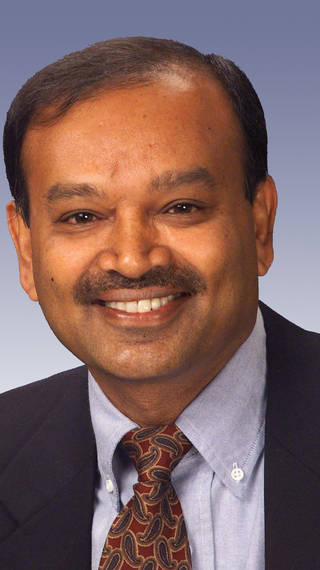
Dr. Meyya Meyyappan is chief scientist for Exploration Technology at NASA's Ames Research
Center in California's Silicon Valley. Until June 2006, he served as the director
of the Center for Nanotechnology at Ames. He also is a founding member of the Interagency
Working Group on Nanotechnology (IWGN) established by the Office of Science and Technology
Policy in Washington, D.C. The IWGN is responsible for developing the National Nanotechnology
Initiative. He has authored or co-authored more than 320 articles in peer-reviewed
journals, given more than 200 seminars at universities, and presented more than 250
Invited/Keynote/Plenary Talks on nanotechnology subjects around the world. His research
interests include carbon nanotubes, graphene, and various inorganic nanowires, their
growth and characterization, and application development in chemical and biosensors,
instrumentation, electronics and optoelectronics. Dr. Meyyappan is a Fellow of the
Institute of Electrical and Electronics Engineers (IEEE) and is the 2016 IEEE Nuclear
and Plasma Sciences Society Merit Award "For contributions to modeling, simulation,
and development of low temperature process plasmas in microelectronics and plasma
applications in nanotechnology."
Plenary Session #7 - Thursday, May 25, 2017 from 8:30 AM to 9:30 AM in Wildwood 3
Progress and Prospects of Plasma-based Accelerators and their Applications
2017 IEEE Marie Sklodowska-Curie Awardee
Chandrashekhar Joshi
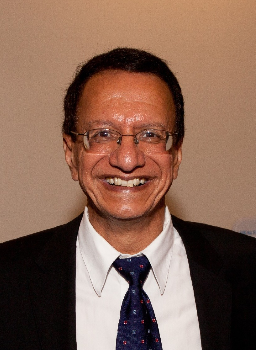
Chandrashekhar Joshi is considered the father of the experimental field of Plasma
Accelerators. Major facilities have been built at SLAC and LBNL and many others are
in the planning stage or being built overseas to develop Plasma Accelerators further.
Professor's Joshi's Plasma Accelerator Group at the University of California, Los
Angeles (UCLA) is world renowned for developing the multidisciplinary field of laser
and electron beam-driven plasma accelerators over the past three decades. From fundamental
research, Plasma Accelerators has now evolved into an engineering subfield. Joshi's
UCLA group was the first to conclusively demonstrate the acceleration of electrons
thousands of time more rapidly using relativistically propagating plasma waves than
using conventional accelerators. Initially such plasma waves were excited using laser
beams. This was followed by a series of elegant beam-driven plasma particle acceleration
experiments using high-energy electron and positron beams at the Stanford Linear Accelerator
Center. These experiments showed energy doubling of 42 billion volt electrons from
the 3 km long SLAC linear accelerator in less than a meter of plasma accelerator.
Joshi and his coworkers have been the first to reach nearly every major technical
milestone in the field of plasma accelerators.
